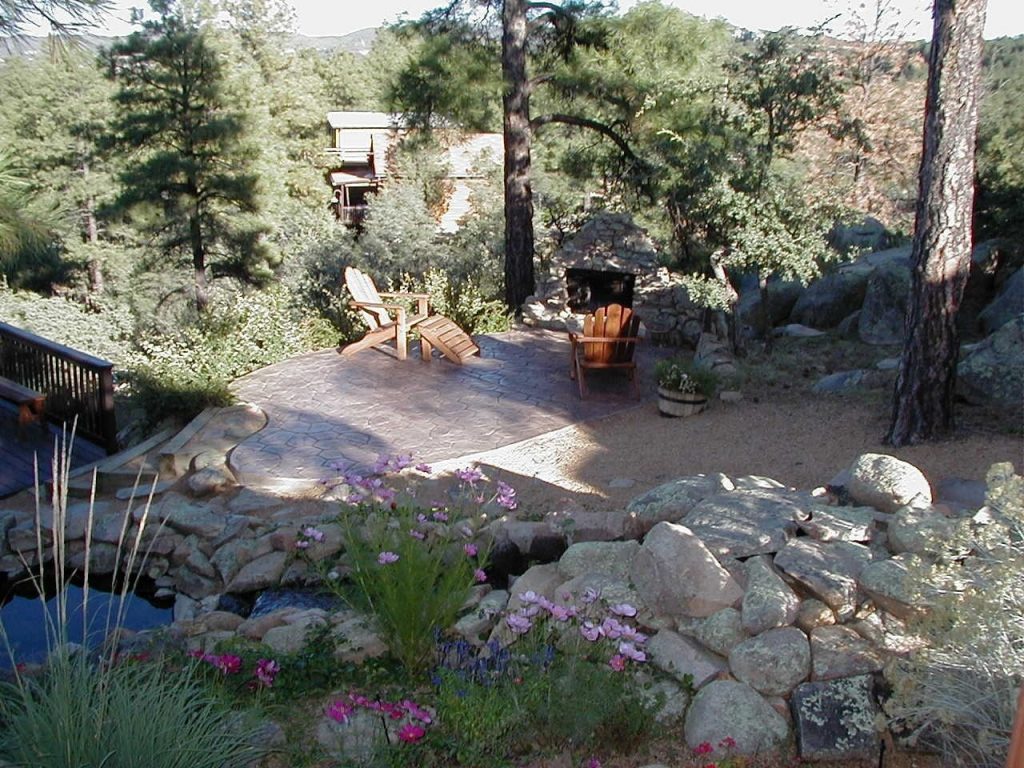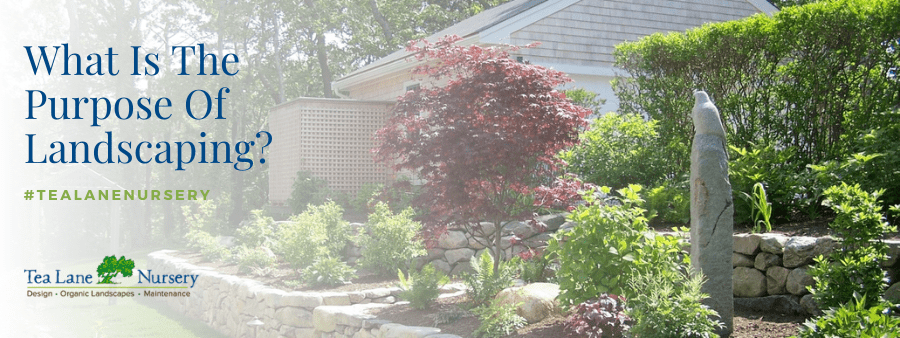Indicators on Hilton Head Landscapes You Should Know
Indicators on Hilton Head Landscapes You Should Know
Blog Article
The 2-Minute Rule for Hilton Head Landscapes
Table of Contents9 Easy Facts About Hilton Head Landscapes DescribedFascination About Hilton Head LandscapesSome Known Details About Hilton Head Landscapes 7 Easy Facts About Hilton Head Landscapes ExplainedThe Only Guide to Hilton Head LandscapesThe 6-Second Trick For Hilton Head LandscapesThe 9-Minute Rule for Hilton Head Landscapes
Line develops all types and patterns and can be made use of in a variety of means in the landscape. Line in the landscape is developed by the edge in between 2 materials, the outline or shape of a type, or a long linear feature. Lines are an effective tool for the developer due to the fact that they can be used to develop an infinite selection of shapes and forms, and they regulate motion of the eye and the body.

Lines can have several characteristics, such as those described below, however they typically offer different functions. Number 1. Lines in the landscape - landscape design hilton head. The buildings of lines figure out how individuals respond to the landscape, both emotionally and literally. Straight lines are structural and powerful; they develop an official character, are typically related to a balanced layout, and lead the eye directly to a focal point.
The Best Guide To Hilton Head Landscapes
Bent lines create an informal, natural, kicked back character that is connected much more with nature and asymmetrical equilibrium. Curved lines move the eye at a slower rate and add mystery to the room by creating concealed views.
Upright lines in the landscape include high, slim plant material, such as trees, or tall frameworks, such as an arbor or a bird house on a post. Straight lines move the eye along the ground airplane and can make an area feel larger. Reduced lines are extra controlled and produce a sensation of remainder or repose.
More About Hilton Head Landscapes
Reduced lines are created by low yard wall surfaces, pathways, and short hedges. Lines are used to draw types on a plan. In plan sight, they specify plant beds and hardscape locations. Lines are likewise created by the upright kinds of developed attributes and plant product. There are three key line kinds that produce kind in the landscape: bedlines, hardscape lines, and plant lines.
Bedlines link plant product to your house and hardscape since the eye follows the line, moving the gaze via the landscape. Hardscape lines are created by the edge of the hardscape, which marks the developed structure. Line can likewise be developed by long and slim products, such as a fence or wall surface.
The Facts About Hilton Head Landscapes Revealed
Type is discovered in both hardscape and plants, and it is normally the leading aesthetic component that spatially organizes the landscape and often establishes the design of the yard. The form of frameworks, plant beds, and garden accessories also establishes the overall form theme of the yard. Official, geometric forms include circles, squares, and polygons.
Plants develop form in the yard via their lays out or silhouettes, however kind can likewise be specified by a space or unfavorable space in between plants - bluffton landscaping (https://www.4shared.com/u/jPjMNmnZ/stevenagonzales.html). Circles can be full circles, or they can be separated right into fifty percent circles or circle segments and integrated with lines to create arcs and tangents
Not known Factual Statements About Hilton Head Landscapes
Circles can additionally be extended into ovals and ellipses for more range and interest. Circles are a strong style form since the eye is always drawn to the center, which can other be used to stress a centerpiece or connect various other kinds. Figure 2. Round types in hardscape and lawn panels.
The square form can additionally be segmented and previously owned repeatedly to produce a grid pattern. Unlike circles, squares are more powerful on the sides, which can be lined up or overlapped to create one-of-a-kind patterns and even more complicated forms. Polygons are many-sided kinds with straight sides. Triangles, for instance, are three-sided polygons.
Meandering lines often imitate the all-natural training course of rivers or streams and can be called smooth lines with deeply rounded wavinesses. Twisting lines (Number 3) function well for pathways, plant bedlines, and dry stream beds. Twisting lines can include passion and secret to a yard by leading visitors around corners to uncover new views and areas.
Hilton Head Landscapes Things To Know Before You Buy

Typical plant kinds are well established and standard, as type is the most constant and recognizable attribute of plants. Kind can likewise be created with the massing of plants, where the overall mass develops a different kind than an individual plant.
A very contrasting kind needs to be utilized with careone or more work well as a focal point, however a lot of produce disorder. Natural plant kinds, instead of over-trimmed kinds, need to develop the mass of the make-up. The significance of total kind is essentially based on the seeing perspectivethe form of a tree can show up rather various to a person standing under the canopy versus seeing the tree from a range in an open area.
The Basic Principles Of Hilton Head Landscapes
Plant forms likewise create and define deep space or open spaces in between the plants, creating either convex or scooped kinds in deep spaces. High-arching tree branches usually create a concave open space under the branches, and a round canopy with low branches fills the area to create a convex form in the open area under the tree.
Report this page